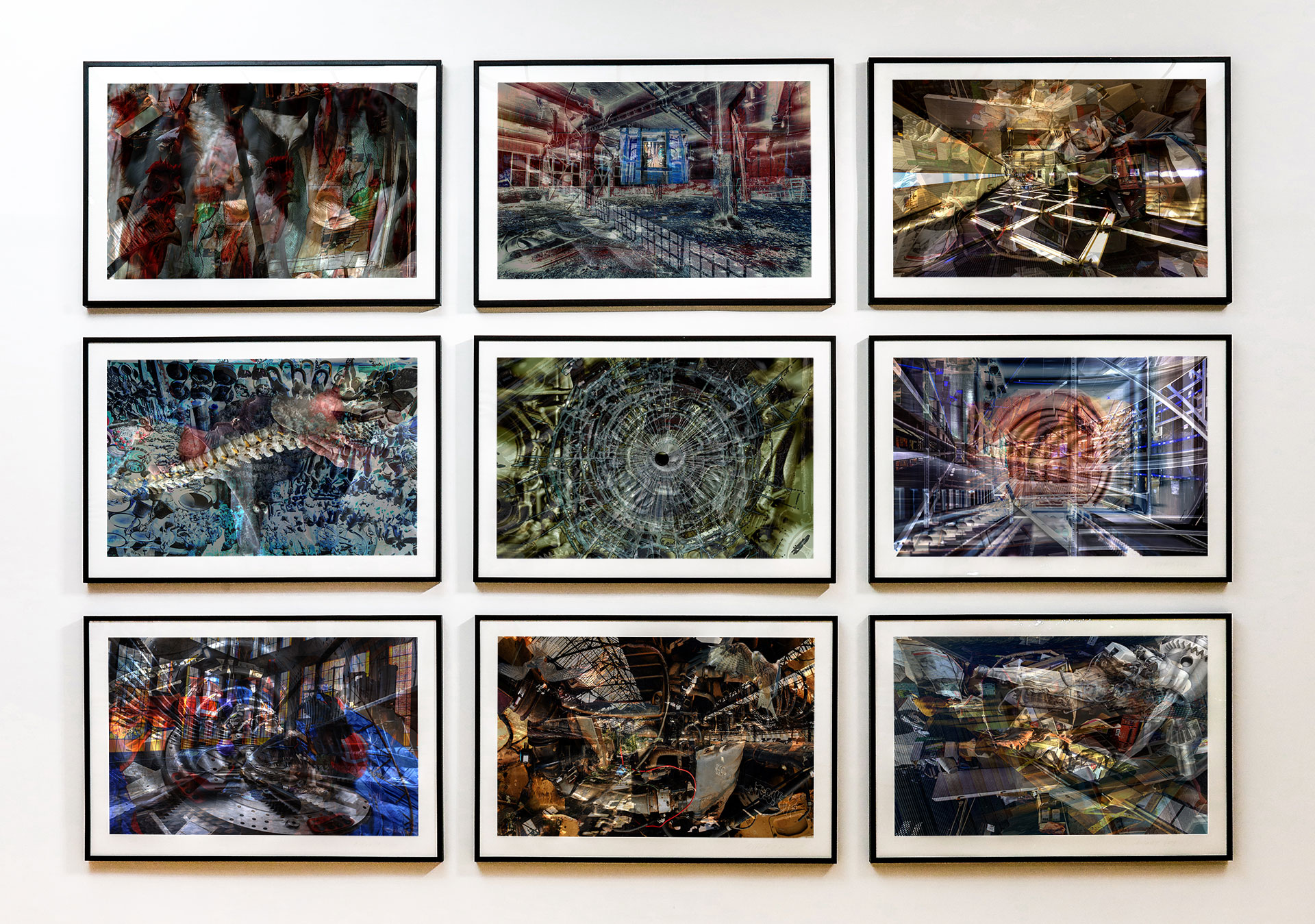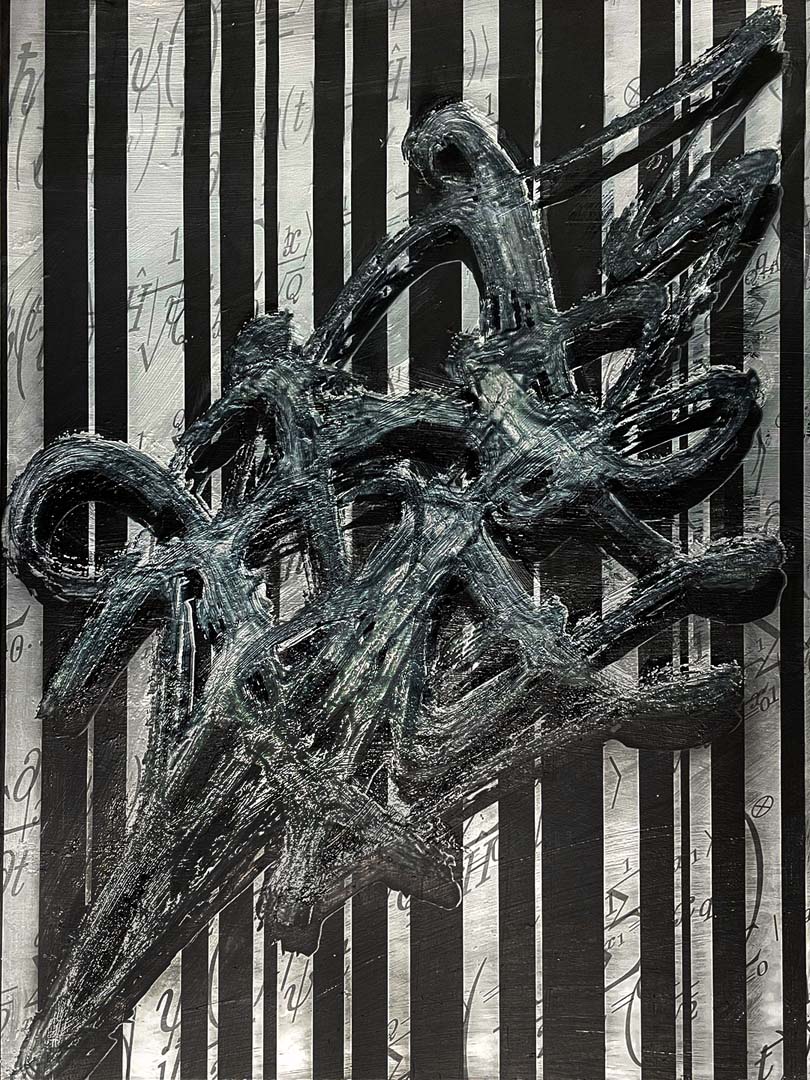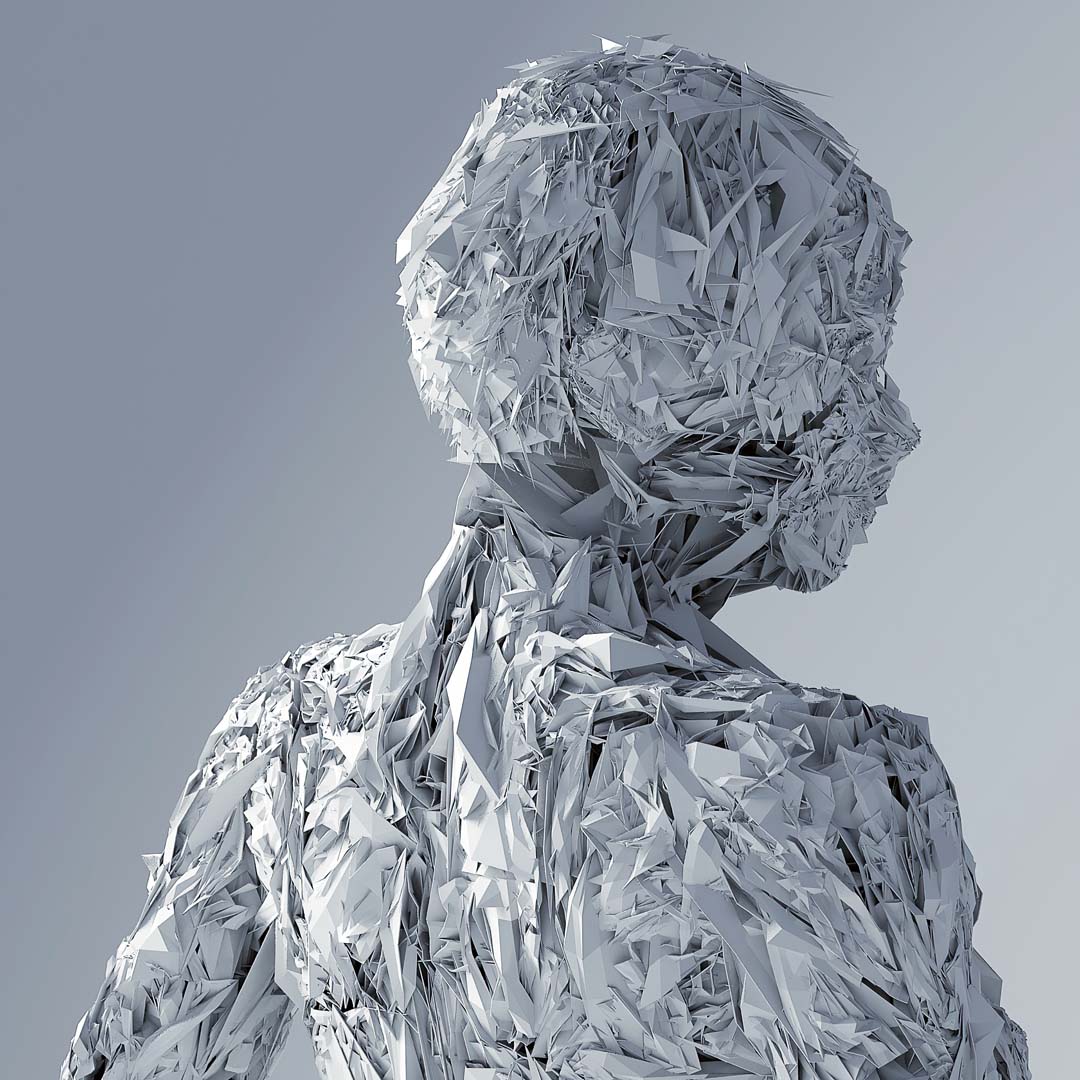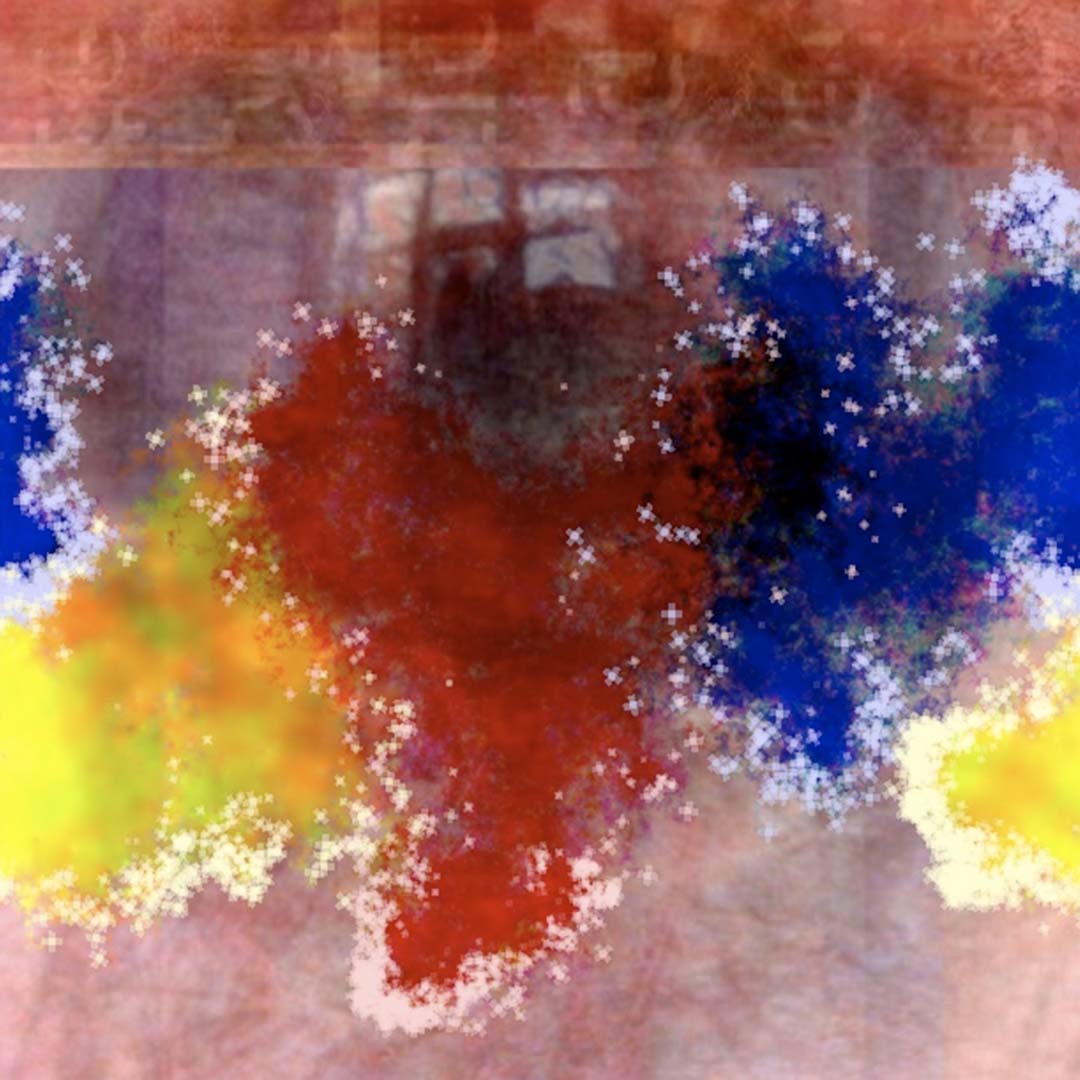2011 Techspressionism Catalog Foreword by Helen Harrison
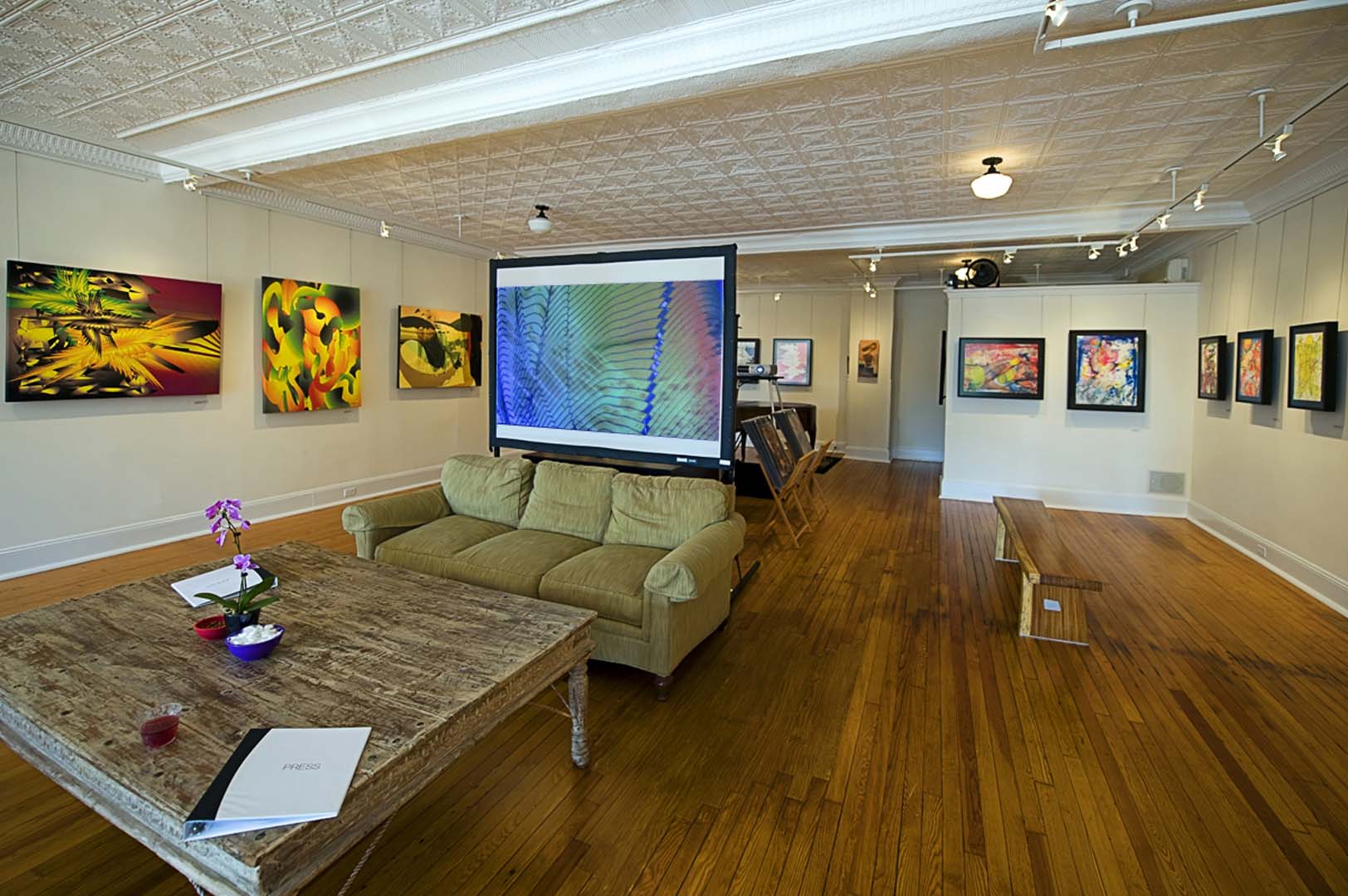
4 North Main Gallery, Southampton NY: Techspressionism – Colin Goldberg Solo Exhibition, 2011.
“I would find it irresponsible as an artist not to embrace
the tools of our time, namely, the computer”.
-Colin Goldberg
“Each age finds its own technique”.
–Jackson Pollock
If computer technology had been available when Pollock was alive, he would have embraced it. Even as a young unknown artist, he was deeply interested in experimentation, especially with novel media. But while he maintained that modern art is “the expression of contemporary aims,” he was mindful of precedents, including Surrealism and Asian brush painting, that pointed the way toward his ultimate goal: an art that gave visual form to intangible “inner forces.” Like Goldberg’s, Pollock’s path to an individual creative language involved a synthesis of past and present, taking from each what was appropriate for his purposes.
Pollock, who began as a traditional painter, was exposed to exciting technical innovations when, at age 24, he joined an experimental workshop run by the iconoclastic Mexican muralist David Alfaro Siqueiros. There he learned to use commercial liquid paint and other unorthodox materials, and absorbed Siqueiros’ anything-goes approach to creativity. At the same age, Goldberg, whose initial training was also conventional, had his horizons dramatically expanded by the wide availability of digital technology and the Internet.
As an undergraduate art major, Goldberg studied with the New York School painter Angelo Ippolito, who subscribed to the spontaneous approach that is the essence of abstract expressionism, regardless of the medium or technique. Ippolito stressed what has sometimes been called “inner necessity,” rather than outward stimuli, as the basis for artistic practice. For example, in terms of light—one of the elements he most prized in painting—Ippolito explained that it came from not from observation but from within himself: “The light I paint is not found in the indoors or the outdoors,” he said. “It is mine, and it is hidden from me.” Discovering it was the struggle; making it manifest as art was the goal.
Goldberg applied this lesson to the development of computer-generated imagery, which he often combines with bold gestural painting that harks back to predecessors like Franz Kline and Norman Bluhm, but with the translucent color veils of Helen Frankenthaler and the focused energy of Shodo calligraphy. It’s remarkable how these freely brushed elements complement the electronically created wireframe components, with their delicate linearity and geometric precision. One thinks of graphics by the Surrealists, especially Stanley William Hayter and Max Ernst, in which similar disparate organic and mechanistic forms coexist harmoniously.
Decades before the advent of Adobe Illustrator, the Japanese Gutai artists were interested in adapting technology to fine art purposes, and in the potential of such experiments to push beyond conventional boundaries. Shimamoto used a small hand-made cannon to apply paint to canvas; Yasuo Sumi painted with a vibrator; and Akira Kanayama invented a remote-controlled vehicle that painted automatically at the artist’s direction—a mechanical precursor of Harold Cohen’s AARON art-making computers. Today there are numerous programs that allow artists to use electronic media as fluently as they once deployed paint and ink.
Ultimately, however, whether the medium is paint or pixels, the result is what matters. As Pollock once remarked, “technique is just a means of arriving at a statement.” The challenge that Goldberg set for himself has led him to create a hybrid of handmade and electronically generated elements—the language in which his statements are written—that fulfills his aesthetic imperatives. His name for this language, techspressionism, which conflates technology and expressionism, is the perfect amalgam of the two fundamental components of his art: the digital and the sensual.
Helen A. Harrison
Sag Harbor, New York
March 2011
This essay was originally written as the foreword for the exhibition catalog for artist Colin Goldberg’s 2011 solo exhibition Techspressionism: A Decade of Digital Art, at 4 North Main Gallery in Southampton NY.

